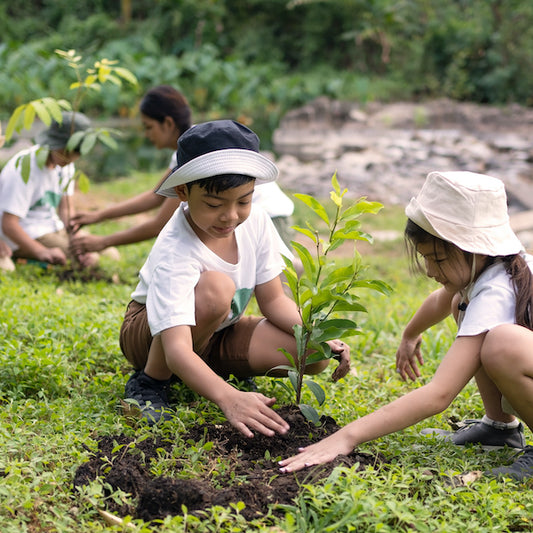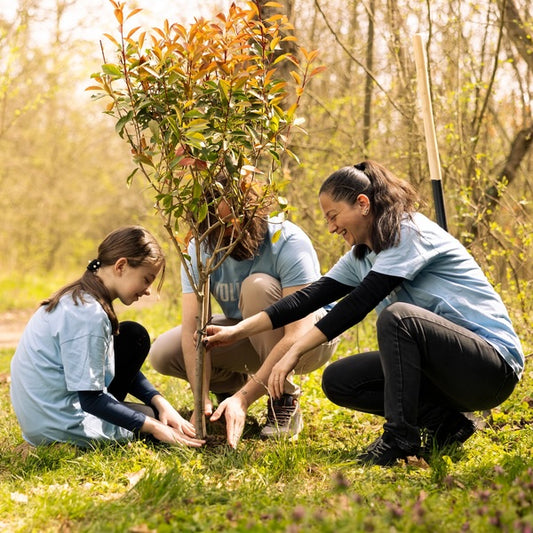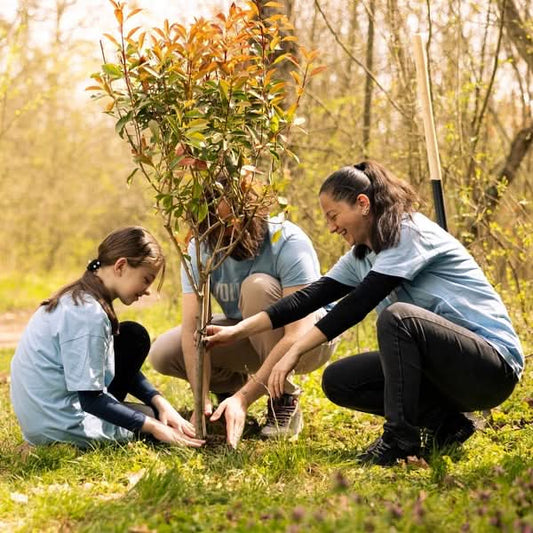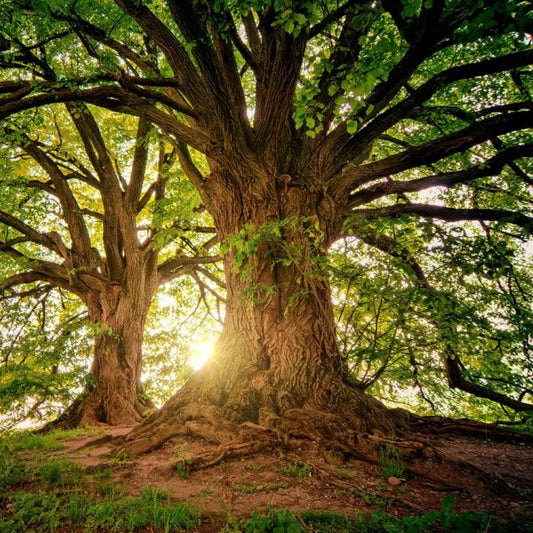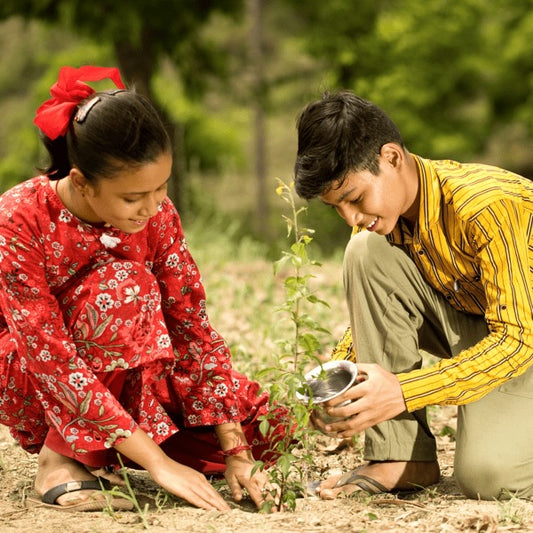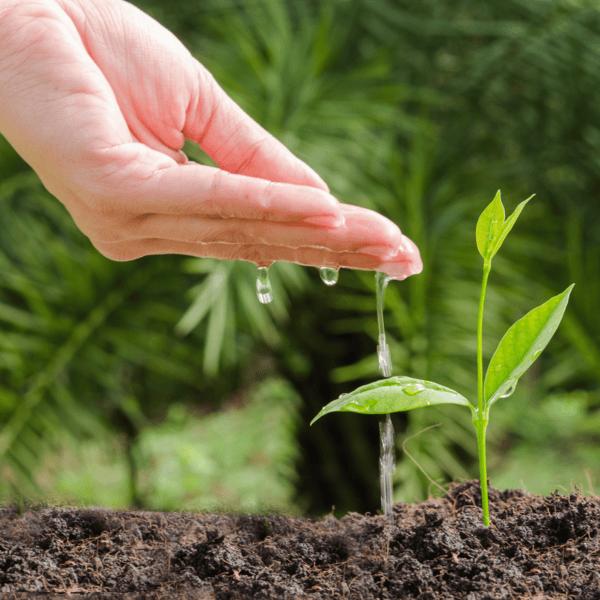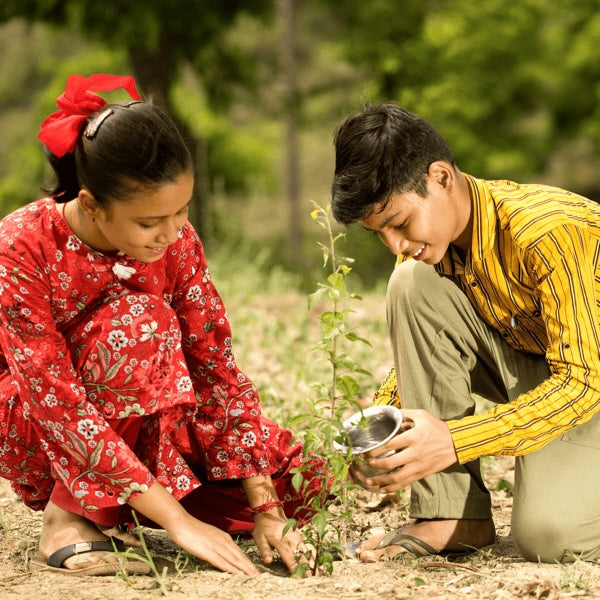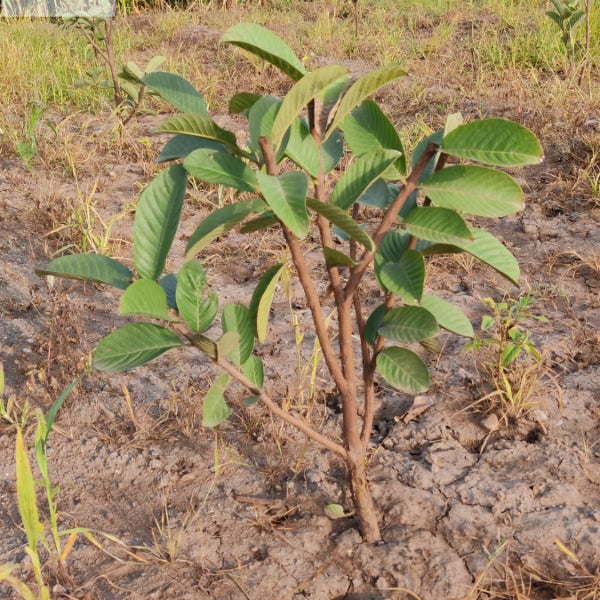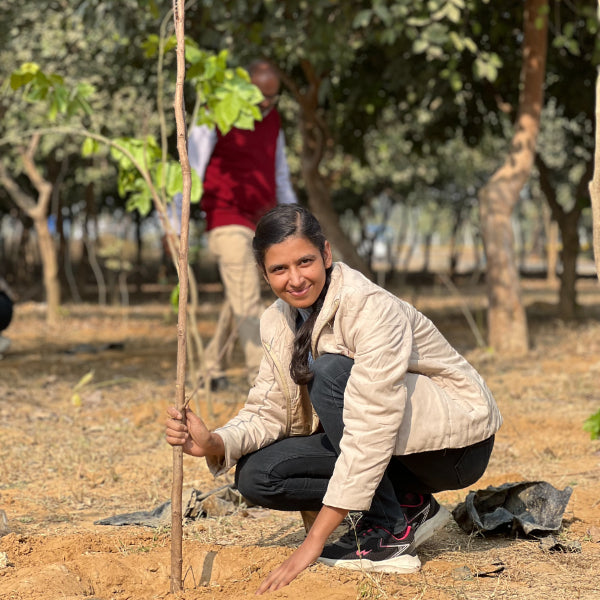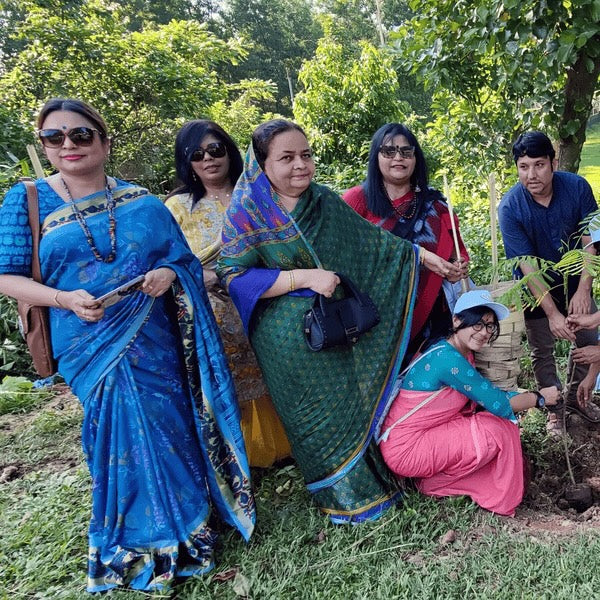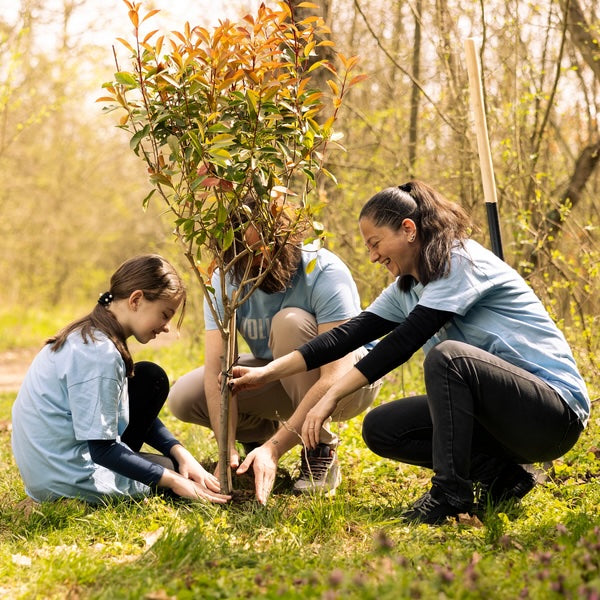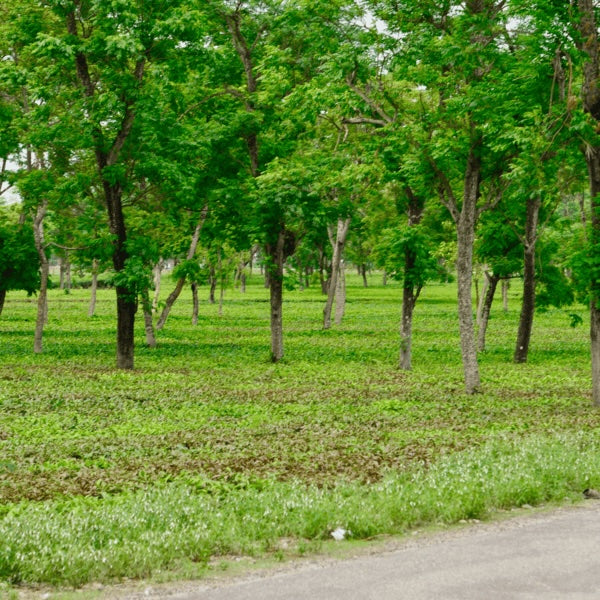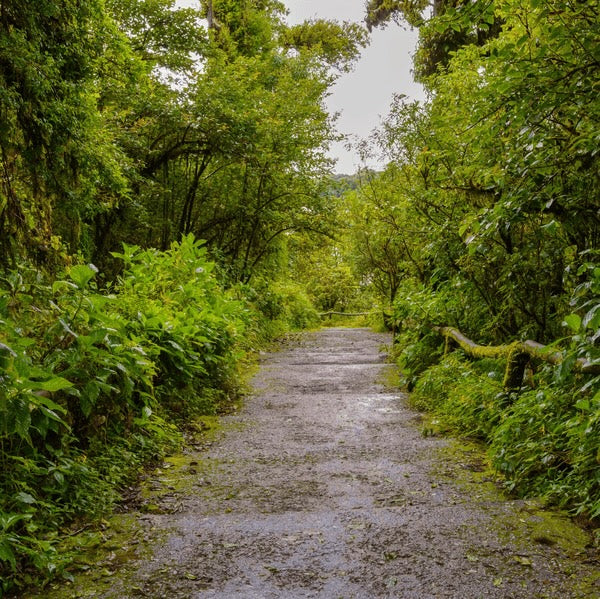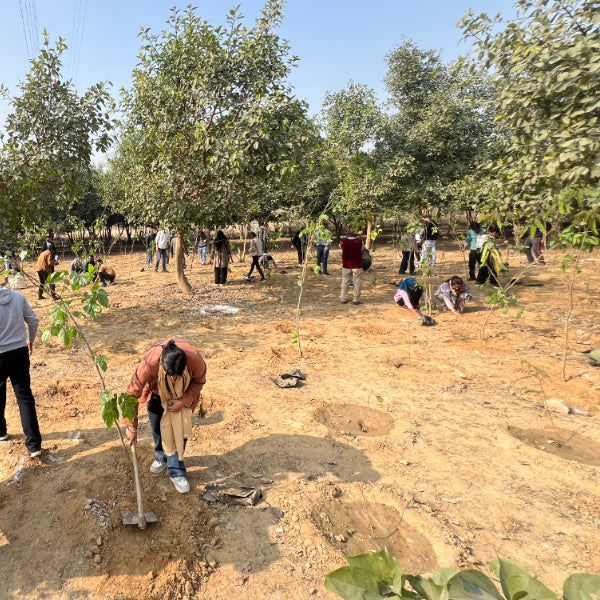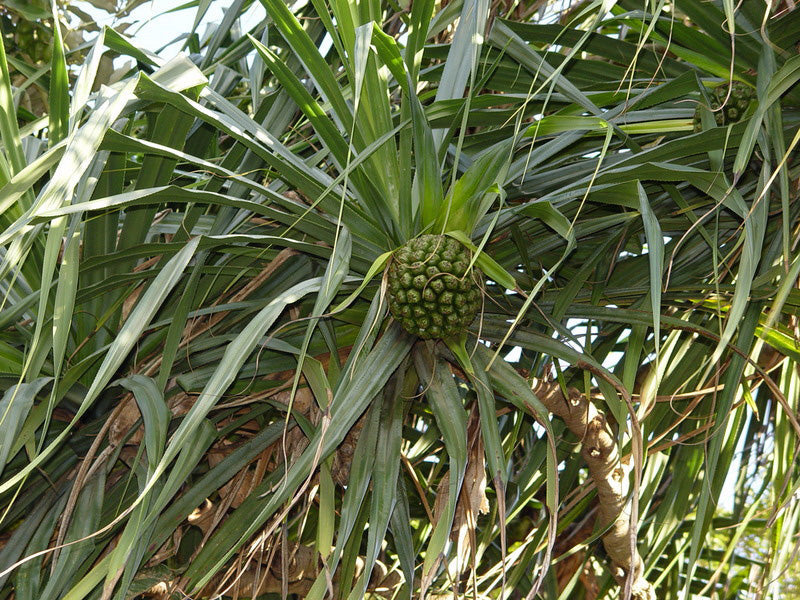

The Kashid Tree, scientifically known as Pandanus tectorius, is an evergreen marvel celebrated for its ecological resilience, medicinal properties, and cultural significance. Native to coastal and tropical regions, this unique tree is a symbol of nat Read more
Trending
Trees for Corporates
Kashid Tree: Discovering the Evergreen Beauty and Hidden Wonders of Na
The Kashid Tree, scientifically known as Pandanus tectorius, is an evergreen marvel celebrated for its ecological resilience, medicinal properties, and cultural significance.
Native to coastal and tropical regions, this unique tree is a symbol of nature’s ingenuity, providing benefits that go beyond its striking appearance.
From supporting biodiversity to being a staple in traditional medicine, the Kashid Tree stands as a testament to the harmony between nature and humanity. Let’s uncover its hidden wonders and secrets.
What is the Kashid Tree?
The Kashid Tree belongs to the Pandanaceae family and thrives in sandy soils, often near coastlines. It can grow up to 10 meters tall and is easily recognized by its stilt-like roots, long spiky leaves, and fragrant flowers.
Its fruit resembles a pineapple, which is not only visually appealing but also provides nourishment for various animals.
Historical and Cultural Significance
The Kashid Tree has been deeply intertwined with coastal cultures for centuries. In traditional societies, its leaves were used for weaving mats, ropes, and baskets, while its fragrant flowers played a role in rituals and ceremonies.
Its robust roots symbolize resilience, making it a metaphor for strength in many cultures.
Fun Fact: In some Pacific Island cultures, the fruit of the Kashid Tree is considered sacred and used as an offering during spiritual ceremonies.
Medicinal Properties of the Kashid Tree
The Kashid Tree is a treasure trove of natural remedies, with its leaves, roots, and flowers containing bioactive compounds like alkaloids, flavonoids, and essential oils. These properties make it a key component in traditional medicine.
- Skin Care: Its leaves are used to soothe burns, treat wounds, and reduce inflammation.
- Digestive Health: The fruit and roots are known for aiding digestion and alleviating constipation.
- Respiratory Health: Its flowers are often used in herbal teas to relieve colds and coughs.
- Antimicrobial Properties: Extracts from the tree are effective against bacterial and fungal infections.
Scientific Backing
Studies published in the Journal of Medicinal Plants confirm the Kashid Tree’s antimicrobial, anti-inflammatory, and antioxidant properties. Research highlights its potential in treating skin disorders, improving gut health, and boosting overall immunity.
Environmental Impact
Beyond its medicinal benefits, the Kashid Tree is an ecological powerhouse, playing a critical role in maintaining coastal and tropical ecosystems. Its adaptability to saline and sandy soils makes it invaluable for coastal restoration projects.
- Soil Stabilization: The tree’s extensive root system prevents soil erosion and protects coastlines from the impact of waves and storms.
- Biodiversity Support: Its fruit provides food for animals, while its flowers attract pollinators like bees and butterflies.
- Carbon Sequestration: The Kashid Tree absorbs carbon dioxide, contributing to the fight against climate change and improving air quality.
Fun Fact: The Kashid Tree’s floating fruit helps it spread across coastal areas, showcasing nature’s genius in plant propagation.
Kashid Tree in Sustainable Practices
The Kashid Tree has long been a cornerstone of sustainable living. Its leaves are biodegradable and eco-friendly, making them a great alternative to synthetic materials. Coastal communities use its leaves to weave baskets and mats, creating functional items while reducing plastic usage.
Planting and Caring for the Kashid Tree
- Soil: Thrives in sandy, well-drained soils but adapts well to various coastal and tropical conditions.
- Sunlight: Requires full sunlight for optimal growth and flowering.
- Watering: Minimal watering is needed once established, as the tree is highly drought-tolerant.
- Pruning: Regular pruning ensures healthy growth and maintains its iconic shape.
Modern Applications
In addition to its traditional uses, the Kashid Tree is gaining recognition in modern industries. Its extracts are being explored for skincare and wellness products, while its leaves are used in crafting eco-friendly items.
Its role in reforestation projects highlights its contemporary importance in combating environmental degradation.
Cultural Symbolism
The Kashid Tree symbolizes strength and resilience in coastal communities. Its ability to withstand harsh conditions while providing resources and protection makes it a metaphor for perseverance and harmony with nature.
It is often planted near homes and temples as a sign of prosperity and good fortune.
Conservation and Sustainability
Although the Kashid Tree is resilient, habitat loss and overexploitation pose threats to its natural populations. Promoting its cultivation in urban and rural landscapes can help preserve its ecological and cultural value.
Conservation initiatives, particularly in coastal areas, ensure the tree continues to benefit future generations.
Conclusion
The Kashid Tree is a true evergreen gem, blending ecological brilliance, medicinal wonders, and cultural significance.
From its role in supporting coastal ecosystems to its contributions to traditional medicine and sustainable practices, this tree is a testament to nature’s ability to heal and inspire.
By celebrating and conserving the Kashid Tree, we ensure its legacy as a symbol of resilience and harmony continues to thrive for generations to come.
You may also like
Corporate Plantations
Kashid Tree Benefits
The Kashid Tree blends medicinal power, ecological brilliance, and cultural richness, offering nature’s finest gifts from healing burns to stabilizing coastlines and supporting biodiversity with effortless grace.
Medicinal Properties of Kashid Tree
Packed with bioactive compounds, its leaves soothe burns, roots aid digestion, and flowers relieve respiratory woes, making it a complete package for natural remedies and health enthusiasts.
Kashid Tree in Traditional Medicine
Revered for generations, this tree’s versatile parts have treated everything from coughs to wounds, showcasing its timeless role in folk healing traditions worldwide.
Environmental Role of Kashid Tree
A coastal hero, the Kashid Tree prevents soil erosion, supports wildlife, and acts as nature’s frontline defense against storms and waves, proving its ecological mettle.
Kashid Tree in Sustainable Practices
Its leaves and roots are eco-friendly, woven into mats and baskets, reducing reliance on plastics and making it a poster child for green living.
Cultural Significance of Kashid Tree
A symbol of resilience and prosperity, this tree is celebrated in rituals and as a spiritual guardian, embodying strength and abundance in coastal communities.
Modern Applications of Kashid Tree
From eco-friendly crafts to skincare innovations, this tree bridges ancient traditions with contemporary needs, proving its relevance in a sustainable future.
Conservation of Kashid Tree
Habitat threats mean its natural beauty and benefits are at risk, making conservation efforts vital to preserving its medicinal, ecological, and cultural legacy.
FAQ
What is the Kashid Tree?
The Kashid Tree, scientifically known as Pandanus tectorius, is a resilient evergreen tree found in coastal regions, known for its medicinal properties, ecological benefits, and cultural importance.
Why is the Kashid Tree called an evergreen gem?
Its year-round green foliage, healing wonders, and role in sustaining ecosystems make it a timeless treasure of nature’s brilliance.
What are the medicinal uses of the Kashid Tree?
Its leaves treat burns, its roots aid digestion, and its flowers soothe respiratory issues, proving it’s a natural remedy powerhouse trusted for centuries.
How does the Kashid Tree benefit the environment?
The tree prevents soil erosion, supports biodiversity, and absorbs carbon dioxide, showcasing its role as a protector of coastlines and ecosystems.
Can the Kashid Tree thrive in tough conditions?
Absolutely. The Kashid Tree is a master of resilience, thriving in saline, sandy soils and harsh coastal climates while protecting the environment.
Why is the Kashid Tree significant in sustainable practices?
Its eco-friendly leaves and roots are used to craft biodegradable mats and baskets, offering a green alternative to synthetic materials.
What are the modern applications of the Kashid Tree?
Its extracts are used in skincare and wellness products, while its natural fibers are gaining popularity in eco-friendly crafts and sustainable design.
Why should we conserve the Kashid Tree?
Habitat loss and overexploitation threaten its population, and conservation ensures its ecological, medicinal, and cultural benefits endure for future generations.
Most Popular
Connect with us
-
👥 Corporates
If you are looking for:
- 🌲 Tree Plantation Events
- 📊 CSR Projects
📧 corporate@growbilliontrees.com
📞 +91 9699723523
💬 +91 9325931304 WhatsApp (Only)
🕒 Mon - Sat | 10am - 7pm IST
-
🧩 Tree Plantation NGOs
If you are looking for:
- 💰 Financial Assistance
- 🤝 Operational Support
📧 support@growbilliontrees.com
📞 +91 9699723523
💬 +91 9325931304 WhatsApp (Only)
🕒 Mon - Sat | 10am - 7pm IST
-
🌼 Individuals
If you are looking for:
- 👥 Group Tree Plantation Drive
- 🌳 Bulk Tree Plantation
📞 +91 9699723523
💬 +91 9325931304 WhatsApp (Only)
🕒 Mon - Sat | 10am - 7pm IST

